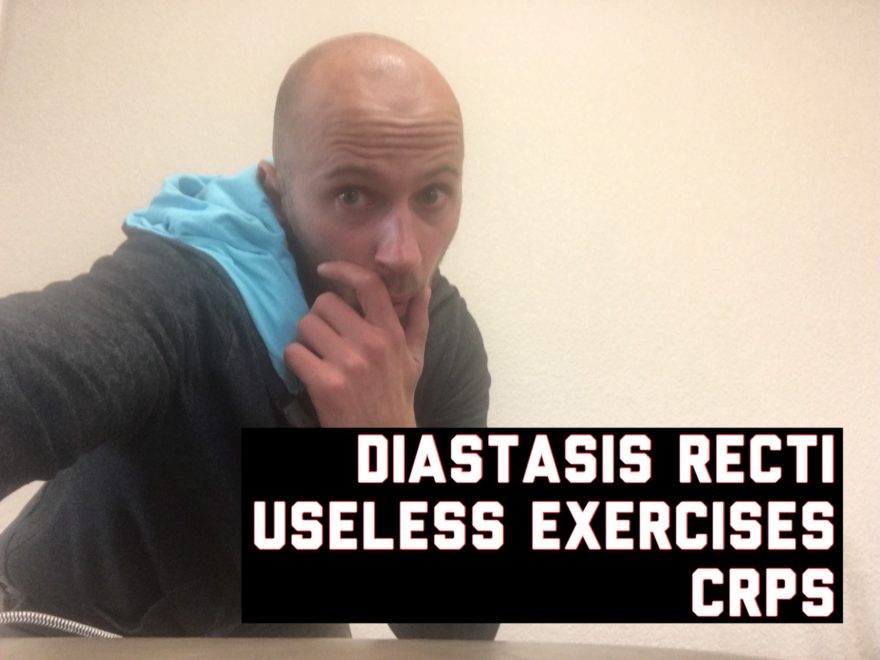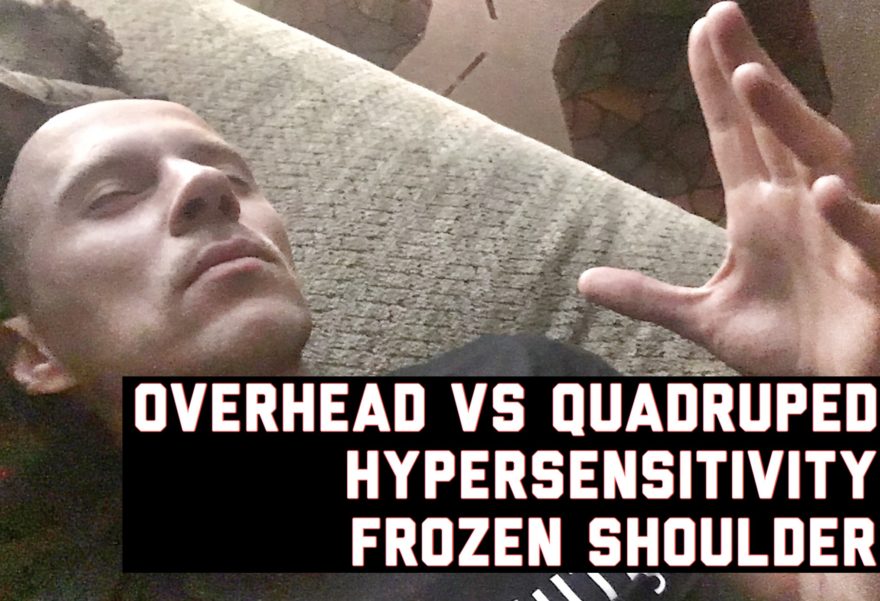Movement Debrief Episode 45 is in the books. Below is a copy of the video for your viewing pleasure, and audio if you can’t stand looking at me. Here is the set list: What is diastasis recti? How does one treat diastasis recti? What exercises are generally time-wasters in the rehab process? What exercises ought to be used instead What is Complex Regional Pain Syndrome (CRPS)? What are some treatment strategies for CRPS? If you want to watch these live, add me on Facebook or Instagram.They air every Wednesday at 7pm CST. Enjoy! and the audio version… Here were the links I mentioned: Sign-up for the Human Matrix September 15-16th here Unstable surface training Upper body unstable surface training Attention bias in complex regional pain syndrome: it’s not just about the body Space-based, but not arm-based, shift in tactile processing in complex regional pain syndrome and its relationship to cooling of the affected limb Limb-specific autonomic dysfunction in complex regional pain syndrome modulated by wearing prism glasses Course Notes: Graded Motor Imagery NOI Recognise App Course Notes: Therapeutic Neuroscience Education Here’s a signup for my newsletter to get nearly 3 hours and 50 pages of content, a free acute:chronic workload calculator, basketball conditioning program, podcasts, and weekend learning goodies: [yikes-mailchimp form=”1″ submit=”Get learning goodies and more”] Diastasis Recti Useless Exercises CRPS
Read More
